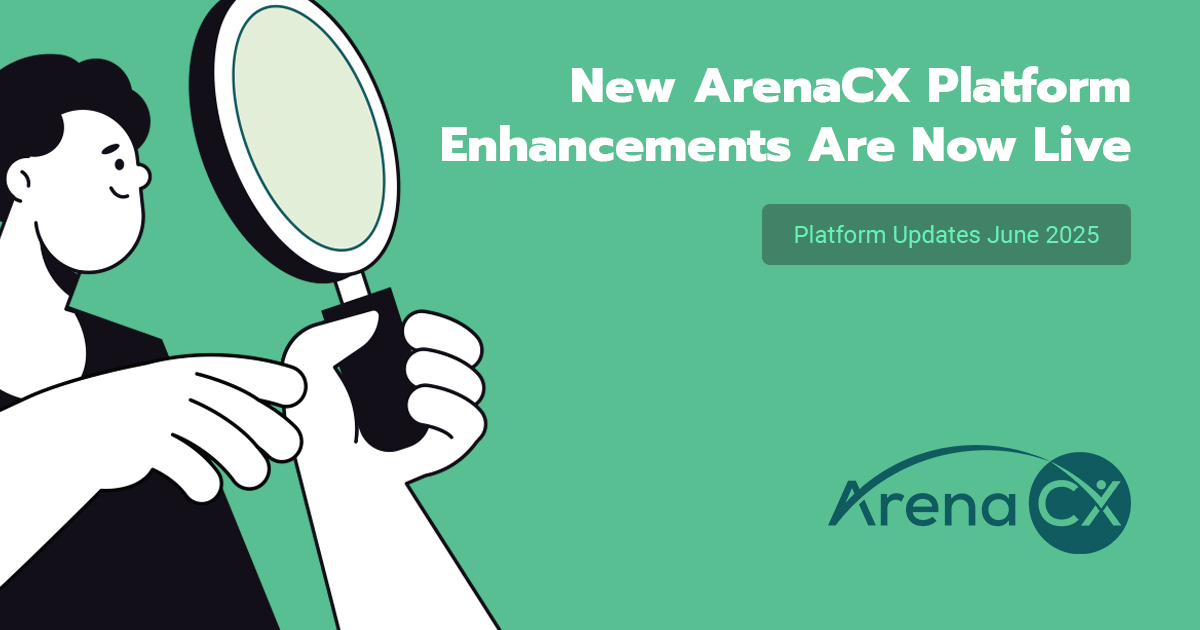Customer service is at the core of any good business – so what steps should you take (and more importantly not take) when assisting your customers?
Here are some common customer service mistakes support leaders make and how you can avoid them.
Mistake #1
Not being available when your customers need you most.
A huge mistake companies make for their customers is limiting their hours of support availability. Not every customer is on a schedule that allows them to interact with your team during set hours of operation. By limiting the time your support team is available to help customers, you could be neglecting a large portion who are in need of help.
This forces customers to either suffer through their issue or have to work harder to get in touch with you at times that are inconvenient for them. Most of us have probably experienced a situation like this at some point.
For example, if you work a regular 8 hour day or more, if a company only offers support during that same 8 hour window, you are forced to attempt to reach their team over your lunch break, or even on your next day off.
Don’t be the company that puts customers in this frustrating situation. Instead, be there when they need you most and when it is most convenient for them.
There are a couple solutions businesses use to help cover their service gaps. One option is hiring an internal third shift of employees hired by your company who work after hours to continue answering support inquiries well into the early morning.
A second option is to outsource your after-hours customer service to a contact center who provides the customer service representatives you need until your internal support team arrives for their shift.
Mistake #2
Not being available where it’s convenient for your customers.
Similarly to not being available when customers need, it is also frustrating when brands aren’t available where customers need. It can be detrimental when a business offers a very limited number of ways to get help.
Customer expectations around response times are very clear: Customers want fast replies to their questions, on the channel of their choice. They choose channels based on the speed of reply they want and around the complexity of their question. (Zendesk)
With this finding in mind, it is important to consider that not everything can be resolved quickly over back and forth email communications. The more channels you have for customers to contact you, the more convenient it is for them and often the more efficient and cost-effective it can be for your business.
Consider that someone has a question about how to accomplish a simple task, like resetting a router, for example. If the customer had the ability to quickly chat into a support team, the question could be answered very quickly and the customer would have a resolution almost instantly.
Even better, consider if this company had a self-service knowledge base in place with an article about how to reset a router. The customer could simply look up the issue and easily resolve the problem on their own, never having to get involved with a support agent.
Now imagine you only offer over the phone support. The customer makes the call, perhaps interacts with a robot reading off a tree of options until they finally get connected to the right department. There they wait on hold for a few minutes until a team member can help them. After all the button-pressing and waiting they finally speak to service representative who is able to walk them through resetting their router within a minute.
The effort of the latter option took the customer much longer and the time to resolution was extended significantly because the best method of support wasn’t available for this type of interaction.

You might be thinking Okay, but implementing a new channel for support isn’t going to be quick & easy and I don’t have the agents available to cover a new channel anyway.
If this sounds like you, it’s important to know that you don’t have to do it alone. This is where we recommend engaging with a contact center partner who can fill in the gaps where you don’t have agents who are able to support the additional channels.
There are many companies available who can help your business quickly and affordably set up new channels, if getting new methods implemented is something you may not have the capacity to do internally.
Mistake #3
Overpromising and under-delivering.
A third major mistake to avoid is not keeping your promises or under-delivering on those promises. This can range from anything to anticipated support wait times to telling a customer directly that you’ll do something you’re not 100% certain you can do.
For example, imagine that a customer goes to your website where they can email your support team or open a support ticket. It says that they can expect a response within 8 hours. 12 hours later, the customer still hasn’t received a response and now they open another ticket, now upset that their question is still unanswered outside of the promised range.
If your estimated time to contact had been accurate, your customer’s expectation would have been set appropriately and therefore their patience threshold would have likely been greater.

We can’t always predict when something might occur that prevents us from delivering on our promises, but one way to combat the issue to take a proactive approach.
If you know that wait times might be longer than expected you can set up an automated response to alert the customer that you have received their message, but it might take a bit longer than usual to receive a response.
By keeping the customer up to date on the progress of their ticket you’ll build trust and start paving the way to a relationship that makes your customers more likely to remain patient, understanding, and loyal through your next interactions.
To provide an example for being careful not to promise something you aren’t 100% sure you can deliver, here’s a personal example. During a recent support interaction I saw that I was charged shipping on an order that should have qualified for free shipping. After chatting with an agent, they agreed that I should not have been charged and that they would refund me the cost of shipping.
I waited for the refund to hit my account but when it didn’t come in a reasonable amount of time, I reached back out to their support team. After another round of chats with a different agent, they informed me that they didn’t have the ability to process refunds and that they would need to contact a different department.
How frustrating!
If the original agent hadn’t overpromised and under-delivered I would have been content with the support interaction, instead I had to repeat the entire process a second time, making me increasingly frustrated as a consumer.
Which leads me to Mistake #4: Not referencing (or even keeping) historical customer interactions.
Mistake #4
Not referencing (or even keeping) historical customer interactions.
Continuing with the shipping example above, a large part of why the interaction became so frustrating was having to completely recount my scenario with a new agent.
Rather than referencing the communication I had with the last agent, the issue had to be recounted just for the new agent to confirm the same thing the previous agent did, all because their internal communication was lacking.
Nearly 45% of customers cite having to repeat their information multiple times as one of the most frustrating aspects of a bad customer service experience. (Zendesk)
Keeping a record of past customer interactions with support can be incredibly helpful when it comes to customer satisfaction and serving the customer most efficiently.
Not only will you get to a point of resolution more quickly for them, but by being armed with this additional context you will be able to reference their previous problems and help them feel like you really understand them and their pain points with your product or service.
Rather than walking in blindly to an interaction, you could see how frequently they reach out to support, their typical demeanor when interacting with your team, etc. Being armed with this historical knowledge of their relationship with your company can only make you better prepared to handle the interaction with patience and poise.
Mistake #5
Not asking and listening to your customers.
Outside of individual support interactions, it’s important to find out what the pain points of your customers’ journeys are. Too often, support professionals assume the issues they think their customers are experiencing and try to solve them without actually taking the time to listen and truly understand if their assumptions are supported.

In order to learn, you must ask and listen.
Rather than making assumptions, it’s important to explicitly ask real customers about their experiences and be open minded to their responses.
Take the time to survey your customers. Some commonly used surveys include CSAT (Customer Satisfaction) and NPS (Net Promoter Score). These are simple surveys that collect how your customer is feeling at specific points in their customer journey and can be a quick way to find patterns in where your customers’ experiences may be falling flat.
If you’re interested in understanding more specific areas in the customer journey or performing a more extensive analysis, you can build your own more personalized survey or even host a small focus group.
Mistake #6
Relying too heavily on robots – people still need human help.
We can’t deny that automation is extremely helpful when it comes to operational efficiency, but should we rely on it completely for customer support? Customer service is unique in that it requires a bit of balance to know when it’s best to deploy automation vs. rely on genuine human interaction.
If all a customer needs to do is change their shipping address on an account, they’d probably rather not waste time sharing pleasantries over the phone with an agent when a chatbot could very easily and quickly walk them through completing the task.
On the other hand, a customer who has just experienced the recent loss of a family member and is going through a tough situation financially won’t likely want to talk to a robot when looking for relief on an overdue bill. They’d want to speak to a real person who can empathize with their situation and offer help.

It’s obvious that empathy is still an incredibly important part of customer service and knowing when to use which (automation vs. human interaction) is critical in creating meaningful, memorable interactions.
If you’re interested in reading more about AI and Human Support visit ArenaCX President, Alan Pendleton’s, blog to read his series on improving human-bot relations in customer service.
Customer service requires just the right balance of being quick & efficient yet personal & empathetic, which is what makes it tricky to know what a customer is looking for at certain points in their journey.
Have you ever experienced (or made) a mistake that helped mold your current customer support strategies?
We’d love to hear about your experiences and read more tips about mistakes to avoid to help improve the customer experience.
Related Articles
Want more? Here are some other blog posts, topics and articles you might be interested in.












